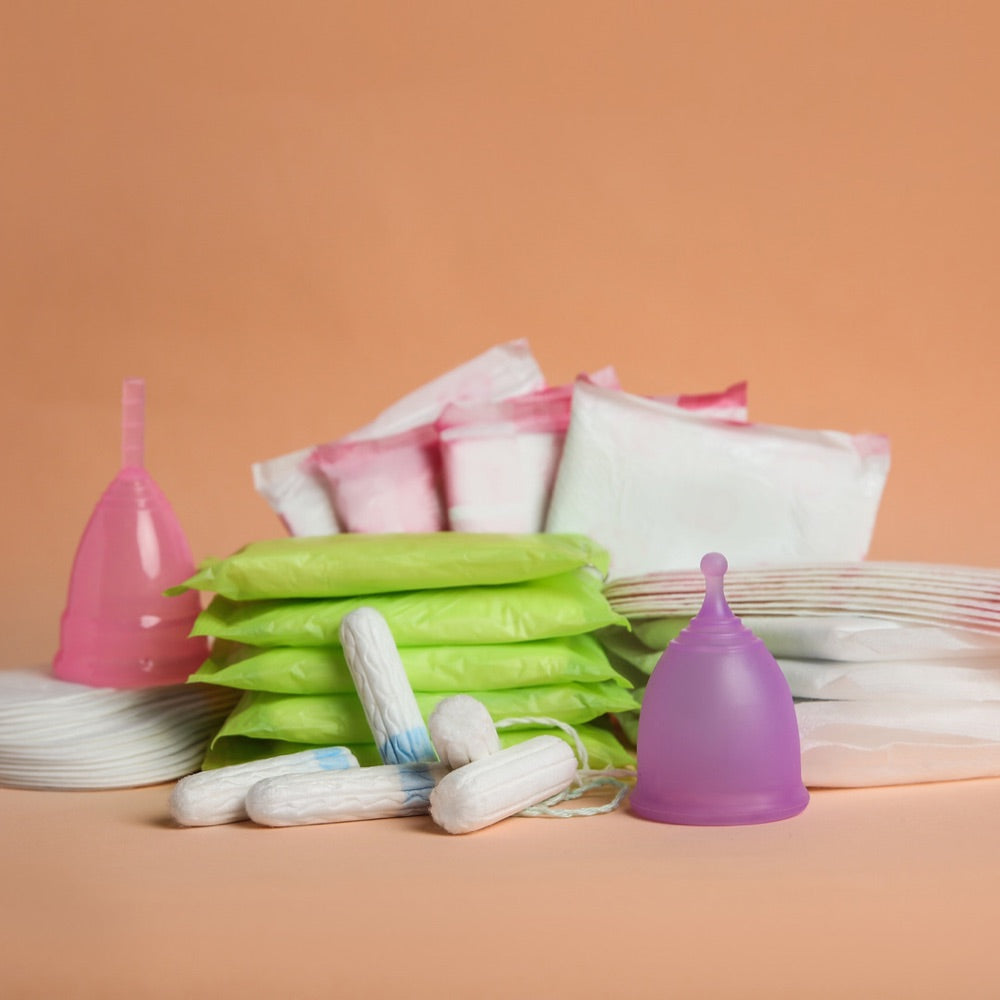Feminine care products are an essential part of many women's daily lives, but have you ever considered the environmental impact of these products? From the materials used to make them, to the disposal of used products, the environmental footprint of feminine care products is significant. In this blog post, we will take a closer look at the environmental impact of these products and what we can do to reduce it.
First and foremost, let's consider the materials used to make feminine care products. Traditional pads and tampons are typically made from a combination of plastic, wood pulp, and chemical absorbents. These materials are not biodegradable and can take hundreds of years to decompose in landfills. Additionally, the production of these products requires large amounts of energy and water, further contributing to their environmental impact.
Disposal of used feminine care products is also a significant issue. Pads and tampons are not typically accepted in curbside recycling programs, and when they end up in landfills, they can release harmful chemicals and contribute to pollution. Furthermore, flushing these products down the toilet can cause clogs and damage to sewage systems.
One solution to reducing the environmental impact of feminine care products is to switch to more sustainable alternatives. Menstrual cups, for example, are made of medical-grade silicone or rubber and can be reused for years, significantly reducing waste. Reusable cloth pads are another sustainable alternative, as they can be washed and reused multiple times.
Another way to reduce the environmental impact of feminine care products is to properly dispose of them. This means properly wrapping used pads and tampons before disposing of them in the trash and not flushing them down the toilet.
Lastly, it's important to consider the larger issue of consumerism and waste. Instead of buying a new pack of products every month, try to buy in bulk or subscribe to a service that delivers them on a regular basis. This will help to reduce the amount of packaging and waste associated with these products.
In conclusion, the environmental impact of feminine care products is a significant issue that should not be overlooked. By understanding the materials used to make these products, the disposal of used products and the alternatives available, we can make informed decisions about our menstrual care and reduce our impact on the environment. Remember, small changes can make a big difference when it comes to preserving our planet for future generations.


